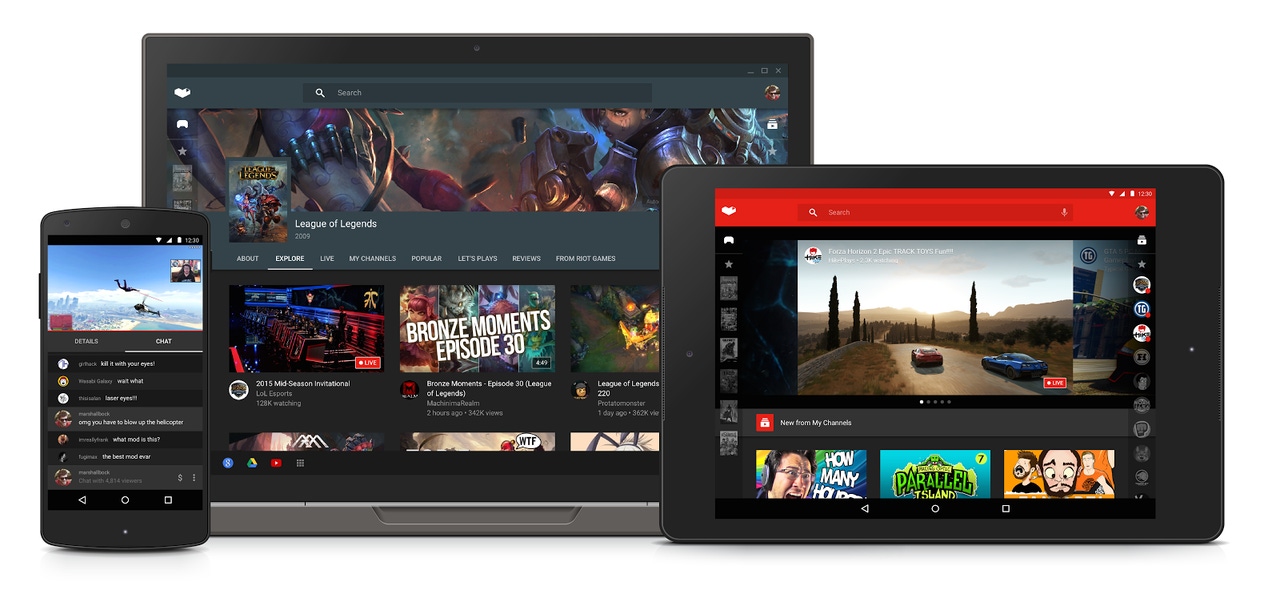Google ditches subscription model for YouTube Original contentGoogle ditches subscription model for YouTube Original content
Google tried to make the transition over to a subscription-led business and now it seems it has had enough, announcing all YouTube Original content will be free after September 24.
August 19, 2019

Google tried to make the transition over to a subscription-led business and now it seems it has had enough, announcing all YouTube Original content will be free after September 24.
Although the subscription business model is very attractive to the money-men, it was always going to be a tough sell for Google and YouTube. Not only have users become accustomed to free content through the platform, it is also far removed from the core competency of the Google money-making machine.
It now appears the experiment has not worked, with Google announcing all YouTube original content, movies and live events released on September 24th and beyond will be free to view.
There will of course be a subscription model still available for users. For $12 a month, ads will be removed, content can be downloaded for offline viewing, all episodes of a series will available from the beginning and users can expect bonus material also.
It doesn’t seem to be completely giving up on the idea of subscriptions, but this represents a more back the traditional from Google.
Google is very good at a number of different things, but top of the list is hyper-targeted advertising. Like Facebook, Google specialises in collecting and analysing information on a user before presenting the right type of content. Some might question the appropriateness and relevance of some of the ads, but you only have to look at how good the Google search engine actually is to realise it does know what it’s doing.
This is why the transition to subscription-based revenues on YouTube was a slightly unusual move. Firstly, Google is really good at making money through serving relevant ads at the right time, so why change this. And secondly, YouTube users are accustomed to getting content for free, why would they want to pay?
Perhaps this is why it has been a struggle to collect subscriptions to date. YouTube users are used to a certain experience, and maybe do not feel YouTube Original content warranted a price tag. Google was asking users to pay for content, without really owning a track record of creating price tag worth content.
This is not necessarily the end of the subscription ambitions for Google and YouTube, but it does impose a different mentality on the business. It takes the platform back into the realms of targeted advertising, a practice which has made Google billions upon billions, and also allows the team to broaden the audience.
Without a paywall to hide content behind, the YouTube Originals will be viewed by more people. More opinions can be nurtured and more of a reputation can be created. As it stands, Google or YouTube does not have a positive or negative reputation for making content. Eyeballs are important when going up against the likes of Netflix, HBO, Disney and Sky, and now Google can ensure people can form an opinion on its content.
If Google wants to transition YouTube across to a subscription-based business model, it will have to demonstrate why people should pay to access content. Perhaps it forgot to do that in the first place.
About the Author
You May Also Like










.png?width=300&auto=webp&quality=80&disable=upscale)


_1.jpg?width=300&auto=webp&quality=80&disable=upscale)